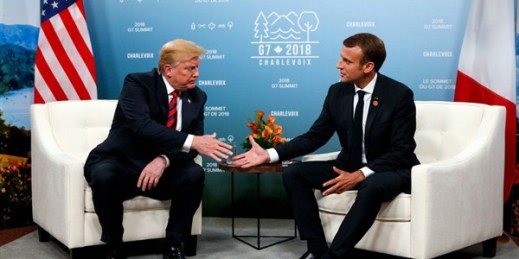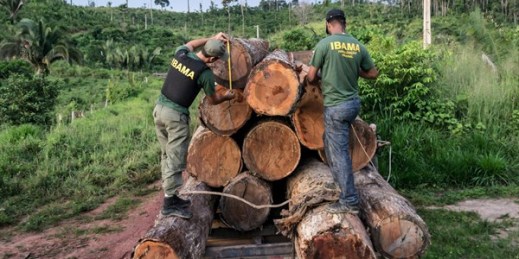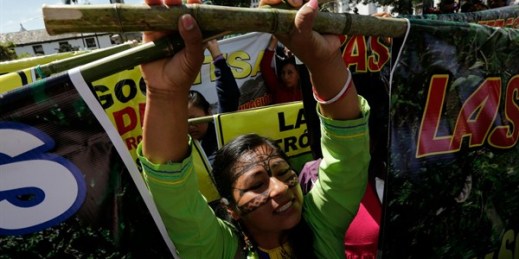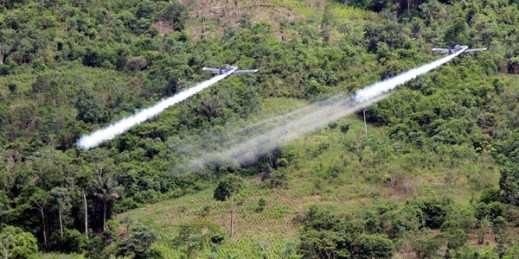
This weekend, leaders from the G-7 will convene for their annual summit, this time in Biarritz, France. French President Emmanuel Macron, who is spearheading France’s G-7 presidency this year, bills the meeting as a chance to relaunch multilateralism, promote democracy and tame globalization to ensure it works for everyone. More likely, the gathering will expose the political, economic and ideological fault lines threatening Western solidarity and international cooperation. What a difference five years makes. Back in 2014, the G-7 gained a new and unexpected lease on life after Russia seized Crimea and earned itself an ejection from what was then […]




